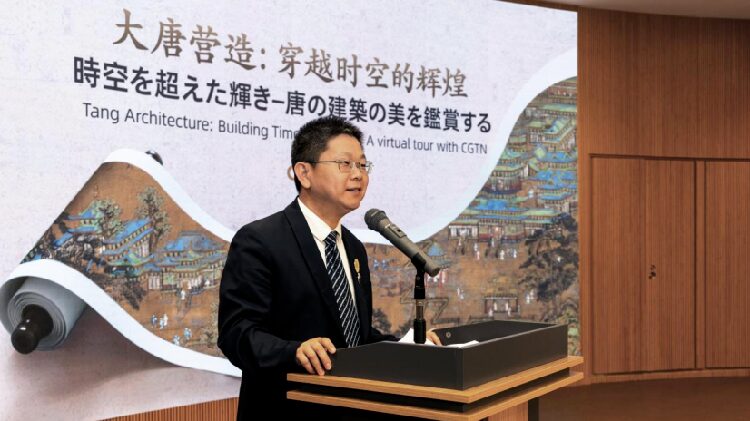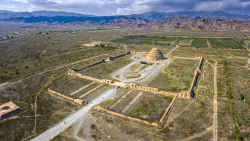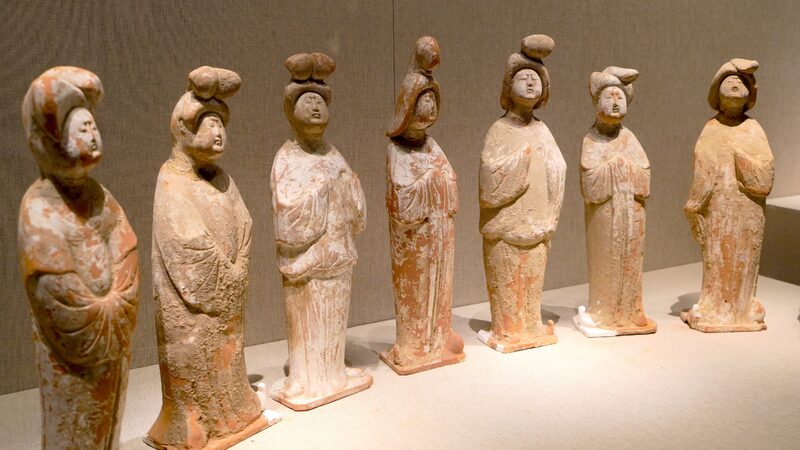Hidden amidst the serene mountains of northern China lies Foguang Temple, a timeless testament to the grandeur of the Tang Dynasty (618-907). This ancient sanctuary, often overlooked by the modern world, stands as the largest surviving wooden structure from that golden era of Chinese history.
The story of Foguang Temple’s rediscovery reads like an adventure novel. In the early 20th century, Liang Sicheng (1901-1972), a visionary architect and historian dubbed the “father of modern Chinese architecture,” embarked on a quest to uncover China’s architectural treasures. Alongside his dedicated team, Liang traversed rugged terrains and remote villages, driven by a passion to preserve his nation’s cultural heritage.
When Liang finally set eyes on Foguang Temple, he was struck by its majestic presence and intricate design. Verifying its Tang-dynasty origins was no simple task. Through meticulous study of its construction techniques and stylistic elements, particularly the intricate bracket sets known as dougong, Liang confirmed the temple’s ancient lineage. These brackets, a masterpiece of Tang craftsmanship, not only provide structural support but also enhance the building’s aesthetic harmony.
The discovery of Foguang Temple was more than an academic achievement; it was a revival of lost architectural wisdom. The temple’s graceful curves, harmonious proportions, and ingenious engineering reflect a sophisticated understanding of both form and function. For today’s generation, Foguang Temple stands as a bridge between the past and the present, inviting us to explore the depths of history and the heights of human creativity.
Reference(s):
cgtn.com








